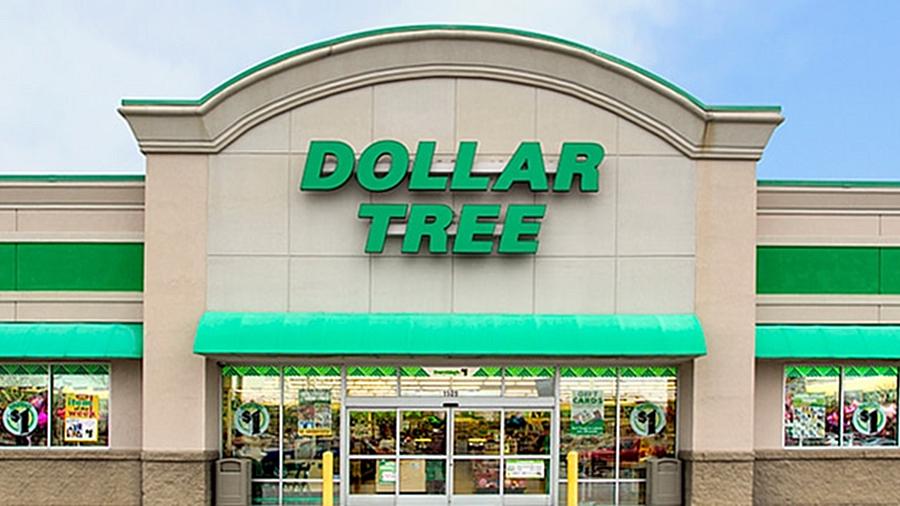Dollar Stores Are In Dangerous Shape?
Dollar stores, like Dollar General and Dollar Tree, are suddenly finding themselves in precarious financial positions.
This article is more than 2 years old

As the name suggests, Dollar stores offer inexpensive products for bargain-hunting shoppers. But due to rampant inflation, even cost-effective locations like Dollar General and Dollar Tree are starting to feel the strain of a slowing economy. While both stores reported a solid increase in sales for the second quarter, they raised concerns about the impact inflation may have on future results. In the company’s earnings release, Dollar Tree CEO Mike Witynski said that shoppers are being pressured by higher costs for food, fuel, rent, and more. Sharing the sentiment, Dollar General CEO Todd Vasos described the quarter as a period of inflation and economic uncertainty.
However, according to CNN Business, the latter seems to be doing better than Dollar Tree. Additionally, overall sales at Dollar General jumped 9% from a year ago, compared to a 6.7% rise at Dollar Tree, which also owns the Family Dollar chain. While Dollar General didn’t cut its outlook, Dollar Tree issued weaker guidance. That’s probably why Dollar General’s shares were down just 1% earlier this week as Dollar Tree fell by 9%. The bigger drop can also be attributed to customer backlash following the dollar store’s controversial decision to raise prices last year. The move was so unpopular that some folks began to derisively refer to the chain as “$1.25 Tree.”
But there have been cracks beneath the surface at Dollar General. In its earnings report, the company said apparel sales dropped by more than 20% from the same period last year. Sales of seasonal and home products were also slightly lower. Although those categories only account for about 20% of Dollar General’s overall revenue, they have bigger profit margins than essential consumables like food, beverages, and drugstore items. Mike Witynski acknowledged this dollar-store trend, saying that more of the company’s customers are gravitating to needs-based consumables, which is impacting their profit margin.
“Consumers continue to be burdened by levels of inflation not experienced in decades,” Witynski told the publication. He also noted that suppliers are being hit by inflation as well. Meanwhile, getting products from warehouses to stores also remains a problem. During Dollar General’s analyst call, Vasos said that the supply chain pressures are ongoing. He added that the company is hoping to solve this problem by building three new distribution centers in the United States. The rival dollar store chains also announced similar executive moves during their financial reports.
Despite continued sales momentum at dollar stores, there are growing concerns about the financial well-being of US consumers. According to The New York Times, higher-income shoppers have been visiting discount stores more frequently. But in the past year, the majority of new customers at Dollar Tree had an annual household income of at least $80,000. At its rival Dollar General, there was also growth in higher-income shoppers, which has been described as a push by more consumers to seek value. And until the global financial crisis starts to ease, these unusual pressures will loom over shoppers and retailers in the coming months.



